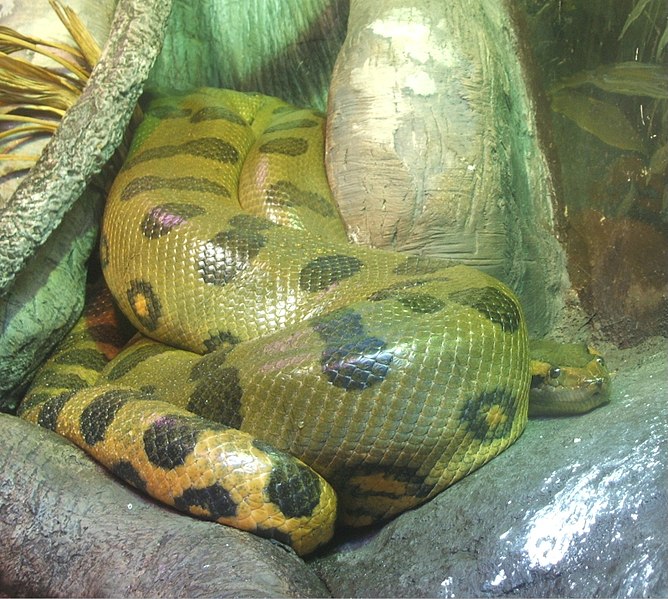 Many interesting reptile field research reports are published in professional journals that are not available online to non-subscribers. Fortunately, I’ve long had access to many of my favorites, including Copeia, Herpetologica, and Herpetological Review. From time to time I like to provide summaries of interesting reports that I have read and enjoyed. Today’s article covers some very unique snake feeding observations drawn from recent publications and my own experiences in the field and among zoo animals. Please be sure to post your own observations below, thanks.
Many interesting reptile field research reports are published in professional journals that are not available online to non-subscribers. Fortunately, I’ve long had access to many of my favorites, including Copeia, Herpetologica, and Herpetological Review. From time to time I like to provide summaries of interesting reports that I have read and enjoyed. Today’s article covers some very unique snake feeding observations drawn from recent publications and my own experiences in the field and among zoo animals. Please be sure to post your own observations below, thanks.
When Prey Exceeds Predator’s Mass
The largest snake meal that I’ve personally witnessed was a 60 pound White-Tailed Deer taken by a 17 foot-long, 215 pound Green Anaconda, Eunectes murinus, in Venezuela. A 130 pound Impala consumed by an African Rock Python, Python sebae, is the largest fairly reliable meal I’ve been able to document (please see article linked below).
But in terms of the ratio of prey size to snake size, a Red Duiker (small antelope) eaten by a Gaboon Viper, Bitis gabonica, beats most accounts hands down. The antelope outweighed the snake by 4%! In addition to being the largest meal recorded for this species, this is also the first record of an ungulate being taken by a Gaboon Viper in South Africa. I’ve worked with Gaboon Vipers in zoos, and know how well-adapted they are for taking large, infrequent meals, but I was still quite surprised by this observation. Read More »
 That Reptile Blog – Reptile, Amphibian and Exotic Pet Care and Information
That Reptile Blog – Reptile, Amphibian and Exotic Pet Care and Information

